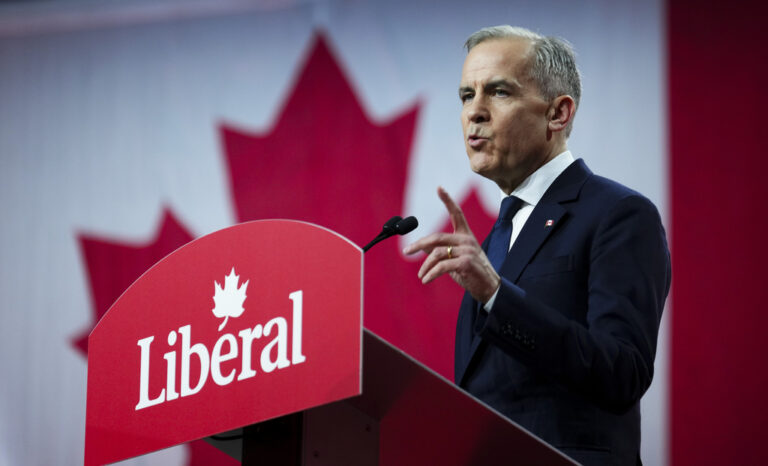 New York Gov. Andrew Cuomo’s signature economic development program may have created fewer jobs than the state says.
New York Gov. Andrew Cuomo’s signature economic development program may have created fewer jobs than the state says.
The Democratic governor’s administration released a report on Start-UP NY that says the program has generated 408 jobs since its 2013 launch.
But a close look at the database accompanying the report puts the number at 395, and a lawmaker says other discrepancies in the state statistics suggest dozens of jobs may have been double-counted.
“It indicates that there is an attempt at the agency level to pad the numbers,” said Assemblyman Robin Schimminger, a Buffalo Democrat and chairman of a committee that recently reviewed the numbers. “I recognize that it’s the early stage of the program and that things are moving slowly, but good grief, at least let’s be accurate.”
Howard Zemsky, Cuomo’s top economic development official, stands by the report but has so far not explained why the numbers appear to be inflated.
Questions surrounding Start-Up’s performance come as lawmakers from both parties and fiscal experts call for the beleaguered program to be overhauled or scrapped. It’s the third time in recent weeks the Cuomo administration has been accused of manipulating data when it comes to performance measures for economic development programs.
A state audit Aug. 1 concluded that an incentive program that provides low-cost power to certain companies overstated the number of jobs created or retained by almost 30,000. An audit released last month found that officials adjusted initial targets for companies receiving a job-creation tax credit after fewer jobs materialized.
Start-Up seeks to attract new businesses by creating tax-free zones around colleges and universities. Cuomo’s administration called it a “game-changing initiative” and “the most ambitious economic development program in New York state’s recent history.” The state spent $53 million promoting it on radio and television.
Cuomo said Start-Up is just one of several economic development efforts, and he continues to support it. He also notes that the state’s economy is up overall.
“The program has been in operation a couple of years,” he said last month. “It takes time.”
The report on its progress — released three months late on a Friday before the July 4 weekend — lists companies participating in Start-Up and the number of jobs created through the program. While the text of the report puts the total at 408, a tally by individual companies listed in the report database adds up to 395.
The database lists the number of jobs at each company in two different ways, and discrepancies in several instances indicate the totals were inflated. Schimminger said he believes at least 80 jobs were double-counted.
“They’re counting last year’s jobs and carrying them forward and counting them again in 2015,” he said.
Schimminger detailed the discrepancies during Wednesday’s committee review; a subsequent analysis by The Associated Press also found the discrepancies.
But in standing by the report and its numbers, Zemsky said, “I am not aware of them being inaccurate.”
Zemsky is president of the Empire State Development Corp., the state’s main economic development agency, and he also disputes the recent audit by state Comptroller Thomas DiNapoli.
The audit found that Zemsky’s agency lowered job-creation goals after companies receiving job-creation tax credits failed to meet expectations and that it failed to verify if companies followed through on their commitment to create jobs.
“ESD needs to stop lowering the bar and giving companies a pass when they fall short of promises,” DiNapoli said.
Zemsky said the audit was “unfortunate and misleading and unfair.” He said it found no instances in which incentives were improperly provided.
State officials have also dismissed questions raised in another audit by DiNapoli that said the New York Power Authority overstated the number of jobs it supported through its low-cost power program.
The Authority awards the more affordable energy rates to companies and nonprofits in exchange for commitments to create or retain jobs. Auditors found the Authority includes jobs at companies that haven’t yet accepted the deal — a practice that boosted the number by nearly 30,000.
The Power Authority said the program has supported 370,000 jobs, and an Authority spokesman said the audit findings come down to an “accounting disagreement.”
Meanwhile, the state’s largest economic development program, the Buffalo Billion, remains under federal investigation, as does Nano, a bid to attract high-tech investment. U.S. Attorney Preet Bharara is examining whether two former Cuomo aides had possible conflicts of interest when they worked for companies involved in the project.
Ron Deutsch, director of the liberal-leaning Fiscal Policy Institute, said New York government agencies spend $8 billion on economic development each year. He said the problems facing so many programs show the need for a new approach.
“Economic development is under attack in New York — between federal investigations that are going on, scathing audits that have been released,” he said.
E.J. McMahon, president of the conservative Empire Center for Public Policy, said he’s not surprised to learn the Start-Up numbers are inflated, but he’s far more concerned about larger programs like the Buffalo Billion and Nano.
“These numbers reflect on their credibility, but that’s not the problem with a capital ‘P’,” McMahon said. “These other programs are costing billions and billions of dollars. It’s very risky and there is inadequate oversight.”
(AP)











One Response
I have been suspicious of many “job-creation” programs for many years, and it has taken the press (or “media”, for those of you younger than 60) a long time to figure out how to investigage and report on these programs without sounding like cheerleaders. Whether the Cuomo program resulted in 408 jobs or 395 jobs is not the problem – the problem is that there were supposed to be thousands of jobs created, not hundreds. Some of these programs are so ineffective that it would be wiser to give the money away than try to run a program.